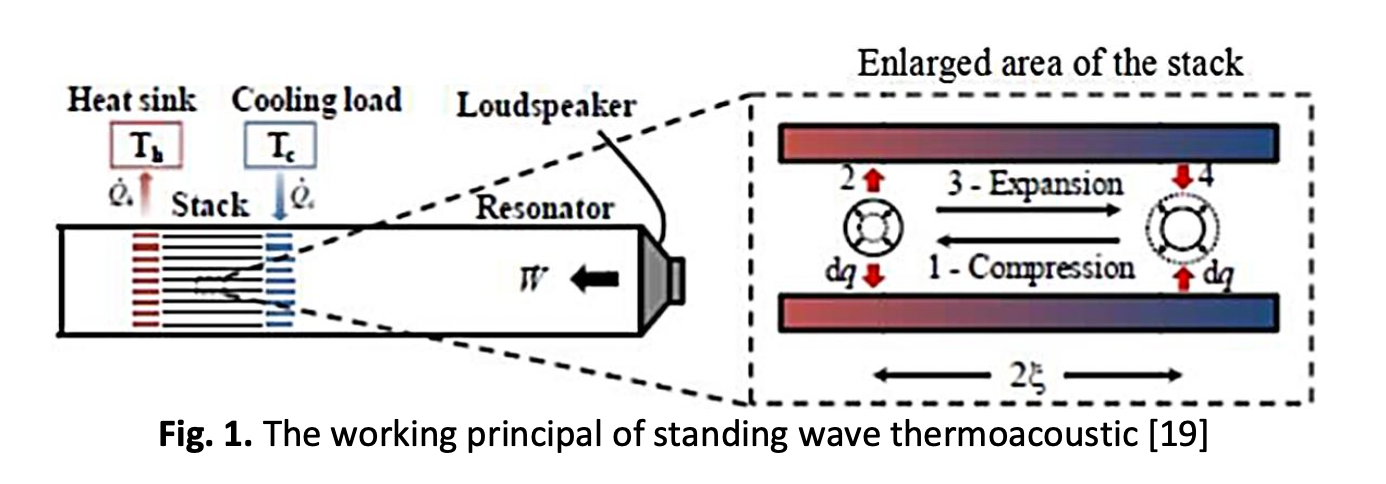Vibration-Induced Flow and Streaming in Oscillatory Flow of Thermoacoustics
DOI:
https://doi.org/10.37934/arfmts.115.2.112Keywords:
Thermoacoustics, oscillatory flow, flow streaming, stack, vibrationAbstract
Induced acoustic streaming flow in thermoacoustic systems occurs due to acoustic vibrations, causing changes to the mean flow in the systems. This phenomenon creates a tendency to generate net fluid flow that can cause energy change within certain areas inside the system. However, the effects of the entire system’s vibrations on the flow streaming are not yet fully understood, yet it is important for a more effective operation. This study experimentally investigated the flow streaming resulting from vibration in a standing-wave thermoacoustic test rig with a flow frequency of 23.6 Hz. The existence of flow streaming due to vibration which was not counted in the theoretical formula is shown and indicated by experimental values. The result shows that there is a correlation between the amplitude of the drive ratio (DR) and the velocity of the oscillation of the flow. Upon examining both the theoretical and the practical evidence, it becomes clear that there exists a marginal flow velocity in directions other than the main flow due to the vibration of resonator’s wall as measured at the intake and outflow areas of the stack. This marginal flow velocity amplifies as the drive ratio of flow increases and it may potentially explain the observed difference between measured flow amplitude and the theoretical value.
Downloads
































